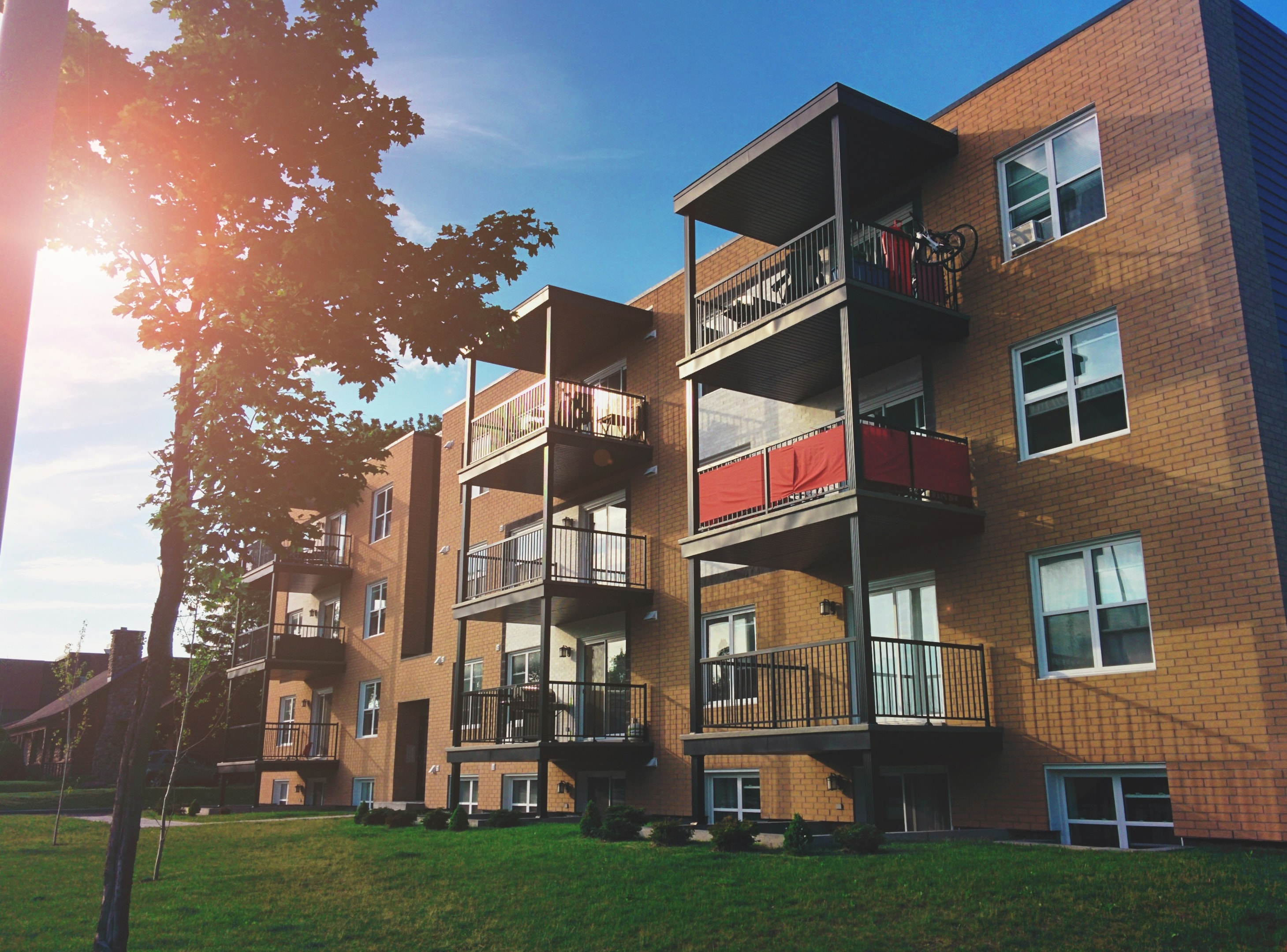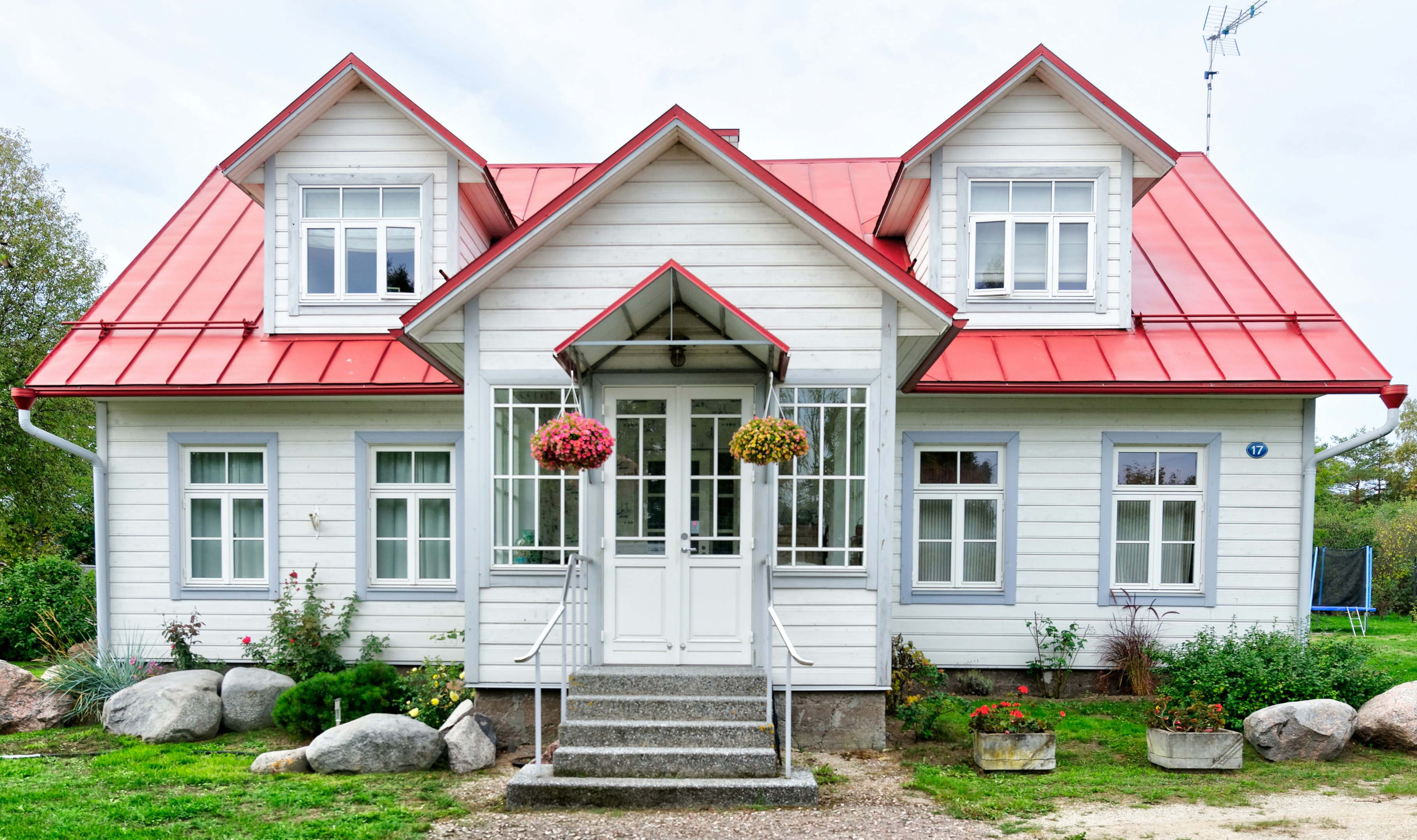Flipping Condos vs Single Family Homes: Which Investment Strategy Wins in 2026?
Flipping properties is a fast-growing strategy in 2026, with condos and single family homes (SFHs) as popular but distinct options. Condos offer lower purchase prices, quicker flips, and less exterior maintenance due to HOA oversight, appealing to first-time investors seeking faster returns. However, they come with HOA fees, renovation and rental restrictions, and potential resale challenges. SFHs provide full renovation control, higher after-repair values, and more exit strategies but require higher upfront costs, longer timelines, and greater maintenance. Understanding these differences in flipping frequency, resale potential, and market demand is key to choosing the right property for your investment goals.

Understanding the Basics
What Is House Flipping in 2026?
House flipping refers to purchasing a property—typically below market value—making strategic improvements, and selling it quickly for a profit. In today's market, successful flippers combine market knowledge, renovation savvy, and exit strategy planning. To learn more about this process, especially if you're interested in getting involved, see Leads for Flipping Houses: How to Find, Analyze, and Close Profitable Real Estate Deals.
Condos vs Single Family Homes: A Quick Breakdown
Condos: Attached units in a shared building with HOA oversight.
Single Family Homes: Freestanding properties offering complete ownership and autonomy, and often featuring multiple bedrooms, which can be especially appealing for families or larger groups.
Both condos and single family homes have unique advantages, making them suitable for different investment strategies and target markets. The choice between them isn't just about price—it's about strategy.
Flipping Condos: Pros and Cons
Advantages of Condo Flips
Lower Purchase Prices: Ideal for first-time investors or tighter budgets, condos are a good option because they require less upfront capital and often have lower repair costs compared to single-family homes.
Minimal Exterior Maintenance: The HOA typically handles roofing, landscaping, and exterior repairs, which reduces the workload for individual owners.
Faster Sales in Urban Areas: Condos in downtown or high-demand metro areas are often sold quickly due to high demand from young professionals and retirees.
Flipped condos can be profitable because condos generally have lower purchase prices and shorter ownership durations, allowing investors to realize returns more quickly. The benefits for owners who choose this strategy include potential rental income, reduced maintenance responsibilities, and the ability to capitalize on quick property turnover.
Challenges of Condo Flips
HOA Rules & Restrictions: You may need approval for cosmetic upgrades, and many HOAs limit rental and resale activity. HOA rules can also restrict short term rentals, which impacts your ability to generate rental income.
Monthly HOA Fees: These recurring costs are set by the homeowners association to cover maintenance of shared amenities and common areas. HOA fees reduce your net profit and are due even during renovations.
Trouble Selling: Condos can face trouble selling due to stricter lending requirements or homeowners association rules that may deter buyers.
Limited Renovation Options: You're usually restricted to interior upgrades—no adding square footage or decks.

Flipping Single Family Homes: Pros and Cons
Advantages of SFH Flips
Full Renovation Control: You can improve layout, add more room or multiple bedrooms, finish basements, or upgrade curb appeal—no HOA approvals needed.
Higher ARV (After Repair Value): SFHs tend to fetch higher resale prices, increase resale value, and appeal to a broader buyer pool.
More Exit Strategies: Sell retail, rent long-term, generate income through short-term rentals, or use seller financing.
Owning the entire property gives you more control over cash flow and the ability to build long-term value and income.
Challenges of SFH Flips
Higher Upfront Costs: Purchase and rehab budgets are typically 30–50% higher than condos, and you'll need more money for both the purchase and renovations.
More Maintenance Responsibility: Exterior repairs, landscaping, larger systems, and maintaining the roof all fall on you.
Longer Renovation Timeline: Bigger homes = more work = more holding costs, and interest costs can add up over time.
A slow market can also delay the sale of the property.
Cost Breakdown: Condos vs SFHs
Its important to go into any real estate investment with a budget, in order to have a clear look at the full picture of property ownership. To learn more budgeting tips, see Essential Strategies for Budgeting for Real Estate Investing Success. Keep reading to see the difference in cost between condos and single family homes.
Purchase Price: Condos range from $80,000 to $250,000, while single family homes typically cost between $150,000 and $450,000.
Renovation Cost: Renovations for condos usually fall between $10,000 and $35,000, whereas single family homes require $25,000 to $75,000 or more.
Holding Costs: Condos have lower holding costs but include monthly HOA dues; single family homes have higher holding costs covering utilities and insurance.
Typical Profit Margin: Profit margins for condos range from 10% to 18%, while single family homes can yield 15% to 25% or higher.
This data highlights how costs and profit margins differ by property type, with condos and single-family homes each presenting unique investment profiles. These numbers vary by market, but SFHs generally require more capital—and offer higher upside. According to the data, condos are flipped more frequently than other property types, as investors are attracted by lower entry costs and faster turnaround. The choice of property type directly impacts both costs and profitability, making it a key consideration for real estate investors. To learn more about what type of property to flip, see What Type of Properties are Best for Flipping Houses Successfully?.
Renovation and Design Flexibility
Condos: Limited But Manageable
HOAs typically prohibit structural changes affecting common elements, so condo renovations are limited to interior updates like flooring, paint, lighting, appliances, and kitchen or bathroom upgrades. Renovations require HOA approval and focus on improvements within the unit, such as replacing carpet with hardwood, updating cabinets, and installing new fixtures.
SFHs: Creative Freedom
You're in control. Many investors seek out ugly houses for renovation, taking advantage of the freedom to transform these properties. Whether it's tearing down walls, expanding floorplans, or adding outdoor entertaining space—anything goes (with proper permits) when working with houses, as opposed to condos. This allows for value-add renovations that dramatically increase resale price. Investors often choose to invest in major renovations for single family homes to maximize income and long-term returns.
Timeline to Flip and Sell
Condos: Quicker turnaround—especially in urban, high-demand areas. Many investors aim to complete a flip within one year to minimize holding costs and maximize profits. It's important to decide early on your renovation and sale strategies to take advantage of lower competition in the condo market.
SFHs: Longer flips, but more opportunities to add value and generate larger returns.

Who's Your Buyer?
Condos Attract:
Condos often attract first-time buyers, single professionals, retirees or downsizers, and investors interested in Airbnb or turnkey rentals when allowed. These buyers are drawn to condos for their investment potential, especially when considering opportunities for short-term rentals or steady rental income. Successful condo investors focus on researching market demand, understanding HOA policies, and selecting properties that align with their investment goals.
SFHs Attract:
Families needing space, relocating professionals, landlords seeking long-term rentals, and owner-occupants wanting yards, garages, and privacy are typically attracted to single family homes. These buyers often prioritize additional living space, outdoor areas for children or pets, and the freedom to customize their property without restrictions. Single family homes appeal to those who value a sense of community in suburban neighborhoods or desire proximity to good schools and local amenities. This diverse buyer pool makes single family homes a versatile and enduring choice in the real estate market, often resulting in strong demand and good resale value over time.
Location Considerations
Condos Thrive In:
Downtown cores
College towns
Resort areas
Walkable neighborhoods
SFHs Perform Best In:
Suburban growth corridors
Up-and-coming neighborhoods
School districts
Commuter towns
Carefully study zoning maps, track appreciation trends, and review school ratings to effectively guide your choice of target investment area and maximize your potential returns. To learn more about areas that are prime for real estate investing, see Experts Reveal the Best Place to Buy Investment Property for Maximum ROI.
Exit Strategies and Resale Tips
When flipping condos, stage well, price competitively, and disclose HOA information upfront to avoid delays. Renting the condo before selling can generate rental income and offer flexibility with your exit timing. For single family homes, emphasize features like yard space, garage, finished basements, or home offices, as renovations that enhance these can boost resale value and attract buyers. When choosing between renting and flipping, consider your investment goals—renting provides steady income, while flipping offers quicker profits but carries higher risk. Avoid overpricing by setting realistic after repair value (ARV) expectations to ensure a successful sale.
Regulatory and Insurance Factors
Condos: Need specialized condo insurance, and the homeowners association may require specific insurance coverage + comply with HOA resale certificates.
SFHs: Standard homeowners insurance, plus any construction risk policies if doing major work.
Always check for resale restrictions in HOA docs before buying a condo.
Profit Potential: Which One Wins?
If you're starting out or flipping in a dense urban market, condos can offer faster results with lower risk. On the flip side, single family homes provide the advantage of higher profits and more long-term growth—if you have the capital and team to handle them. Flipping can be approached as a business, requiring systematic procedures and strategies for success. When comparing different property types, condos often flip more quickly in urban areas, while SFHs may offer greater profit potential over time.

Conclusion: Flip Condos or Single Family Homes?
In 2026, both condo and single family home flips have their advantages. Your choice should be guided by factors like budget, timeframe, risk tolerance, market conditions, and exit strategy. Condos provide speed and simplicity, while single family homes offer greater scale and control. Ultimately, successful investing depends on aligning your approach with your personal goals and adapting to market changes. To learn more about house flipping, especially if you are just getting started, see How to Flip Houses Successfully: Essential Tips and Common Pitfalls.